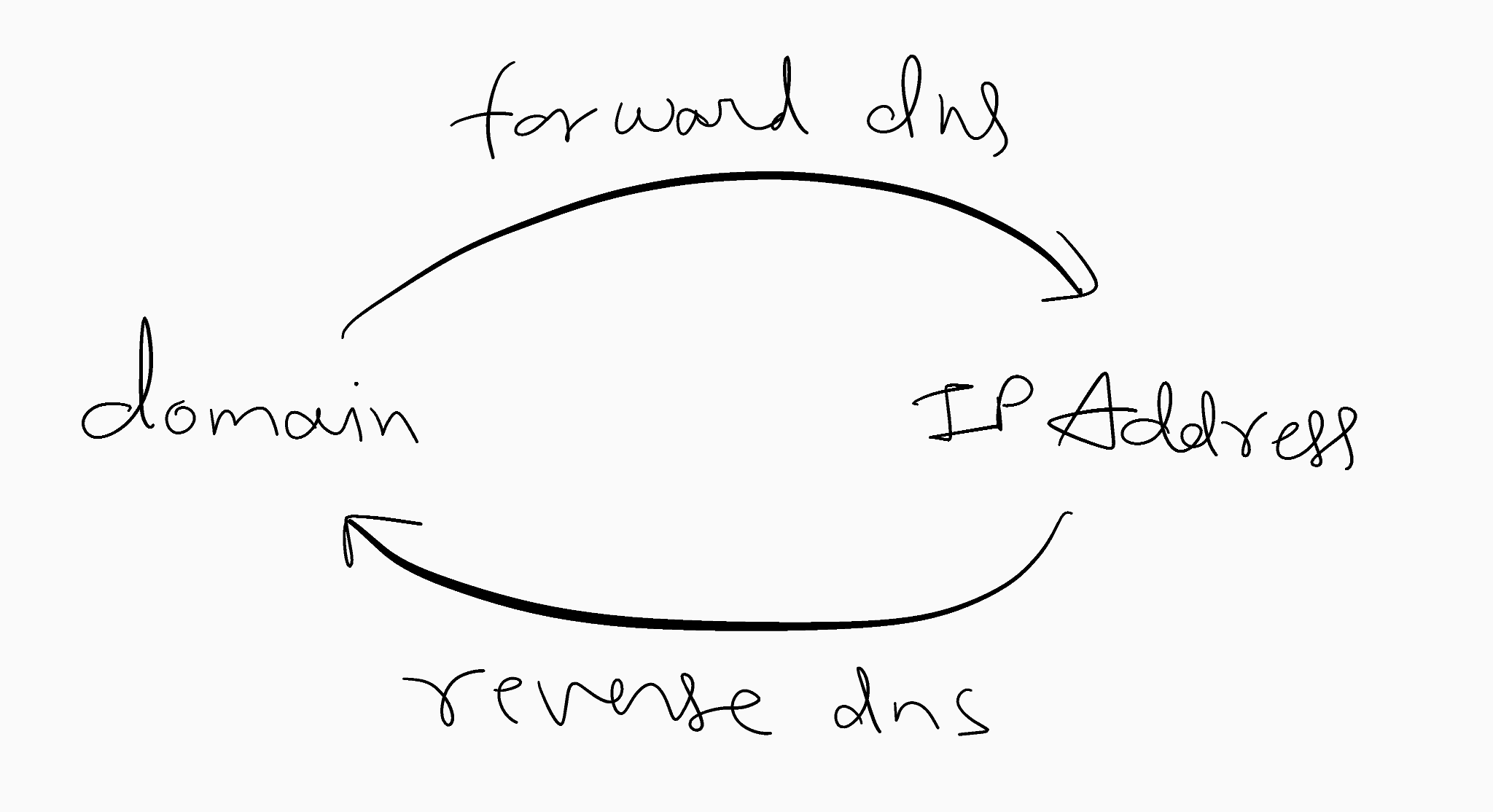You may have already heard of DNS (Domain Name Service) which is a service that resolved the domain name to an IP (Internet Protocol) address. DNS is like a contact book, where individuals can access information by domain names while internet browsers interact with IP addresses.
Here DNS translates the domain names to IP addresses so browsers can load Internet resources from the server of that IP address.
In a DNS resolution, a domain is resolved to its IP Address, simply forward DNS.
duckduckgo.com ------> DNS (or Forward DNS) ------> 40.81.94.43
But when we reverse the order of domain to IP address resolution to IP address to the domain, it is known as Reverse DNS in short rDNS.
40.81.94.43 ------> rDNS (Reverse DNS) ------> duckduckgo.com
Look at the image below, it would be easiest way to understand DNS resolutions.

This is Reverse DNS. But what could be the use of rDNS? Let’s see.
Reverse DNS becomes necessary when you are planning to send out emails from your web server, it is required to verify the origin of messages sent. If you don’t implement rDNS then all your emails and messages will go into spam.
If you’ve added a contact form in your web pages, you’ll need to add rDNS in order to receive contact form messages in your inbox, instead of spam.
Similarly, creating a new account, reset password, and similar pages also send out emails to the user, if rDNS is not added, all the mails will be in the spam folder, because email services won’t be able to verify your origin.
So, the main job and use case of rDNS is to verify the authenticity of origin.
Leave a Reply